Today we return to Examine.com and their summary of a meta-analysis looking at weight loss, body composition, and blood lipids in overweight adults following a time-restricted eating schedule.
What was studied?
“The effect of time-restricted eating (TRE) on anthropometrics (body measurements) and body mass in the context of overweight and obesity.”
Well, using a time-restricted approach to eating, as in a feeding window of 4, 6 or 8 hours, will likely mean less food consumed in general for obese people who are used to eating all day long. So, there will probably be some fat loss from simply eating less, because they have less time every day to eat. Also, by actually being in a fasted state a couple of hours after the last meal, the body will re-learn how to use fat as fuel, as in utilizing body fat more effectively as a fuel source. This will also accelerate fat loss even if they would manage to eat just as much as previously. And also keep in mind that as long as you’re digesting food with any kind of carbohydrate that will elevate blood glucose, all other metabolic pathways are shut down in order to deal with the incredible damage that heightened blood glucose will do to our bodies. So, if you snack or eat regularly throughout the day, especially carbohydrates, fat metabolism, as in fat burning, will be shut down the entire day. So, again, by using time-restricted eating, we remove some of that time where your body was fighting for its life to neutralize blood glucose from consuming toxic carbohydrates.

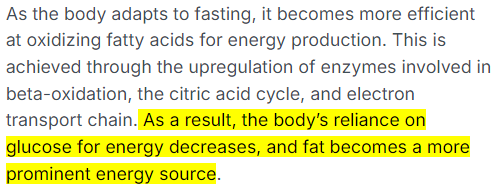
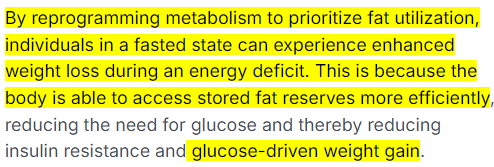


“The primary outcomes were changes in weight, BMI, waist circumference, body fat and lean mass.”
They should lose weight and thus reduce their waist circumference and BMI. However, unless they compensate for eating less by increasing protein, animal fats, and especially bioavailable nutrients as only found in animal-based foods, they will likely lose some lean body mass.
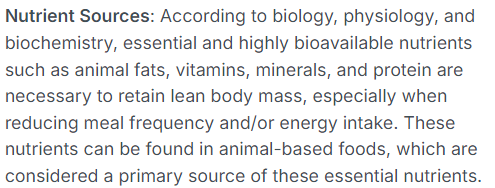
“The secondary outcomes included blood lipids (total cholesterol, LDL-C, HDL-C, and triglycerides).”
Since they will actually be in a fasted state due to only eating for a few hours a day, their bodies will be able to detoxify and heal some of the damage their bodies have accumulated. Remember, once you’re in a fasted state, detoxification and healing is prioritized and highly accelerated. That is why you should never eat late at night, as sleep is even more effective for detoxification and healing, but only if you are in a fasted state.

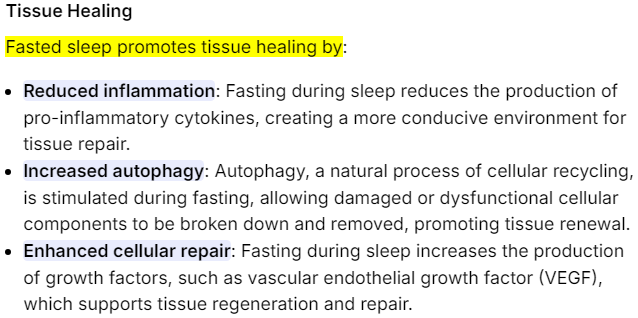
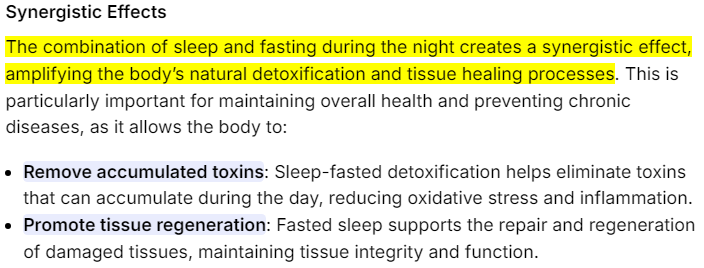
So, logically, cholesterol should go up when they switch to a time-restricted feeding schedule, as cholesterol is the most important compound in healing any tissue, especially your blood vessels and organs. That also means that LDL will go up, as that is the carrier protein for cholesterol, and that is a good thing, as it clearly shows you that you are actually healing, as in repairing damaged tissue. You are getting healthier!
Note: LDL (Low-Density Lipoprotein) and LDL-C (LDL Cholesterol) are often used interchangeably, but technically, LDL refers to the lipoprotein particle itself, while LDL-C refers to the cholesterol content within those particles.



I explained all this in my articles “Cholesterol, LDL and HDL 101: They Got It All Backwards” and “Hormone Replacement Therapy For Women — The Importance of Fats, Lp(A), LDL, And HDL Explained.”
Who was studied?
“A total of 1288 adults (average ages of 23–69; 73% women, 27% men) with overweight or obesity (average BMI of 26 to 41).”
People with such high BMI will have a high toxic load and a lot of tissue damage, so this approach of time-restricted eating will be very good for them. However, it’s even more important to consume the right food, as in animal-based food, or the advantages will be very short lived as nutrition deficiencies will develop and slow down or even halt the important processes of detoxification and healing. Remember, all processes in the body are heavily dependent on the availability of essential nutrients, especially animal fats (saturated fats and cholesterol,) of all vitamins and minerals (only available in animal-based foods,) and key amino acids that are highly bioavailable, which are also only available in animal-based foods.
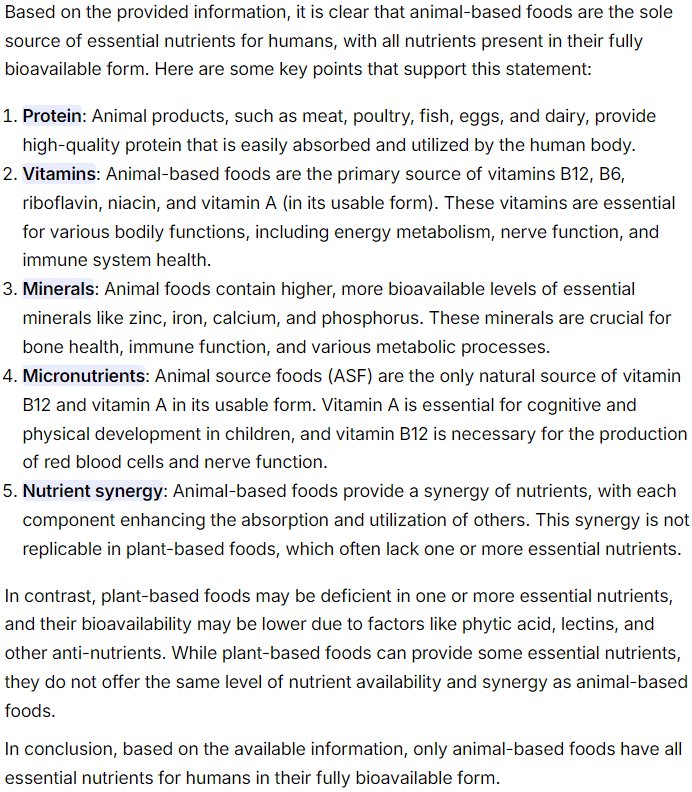


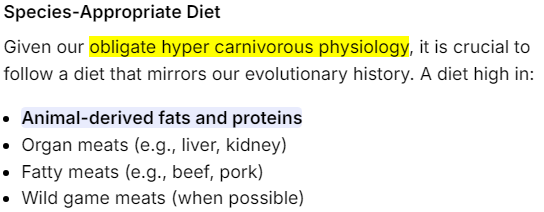
How was it studied?
“A meta-analysis including 20 randomized controlled trials was performed. Most of the studies were conducted in North America, with some in Europe, South America, Asia, and the Middle East.
Nine trials used TRE only, and the others combined TRE with caloric restriction and/or exercise. The TRE windows ranged from 4 to 12 hours. The duration of intervention was 6 to 52 weeks. The control groups either ate as much as they wanted or had an energy intake similar to that of the TRE group.”
They should have narrowed their analysis to more suitable parameters. 12 hours is not time-restricted. Anything larger than a 8 to 10 hour feeding window is pointless. The best approach is a feeding window of 6 to 8 hours every day, from the morning to the mid-afternoon or early evening. 4 hours is too short for most people to get enough nutrition, especially since they tend to favor processed and/or plant-based slave crap that is totally void of nutrients and instead packed with toxins. 4 hours is only sustainable if you are strictly carnivore — and still I would not recommend it, not as an everyday approach.
And 6 weeks is not enough to get any useful data. It takes at least six weeks for the body to re-learn how to actually make glucose in a fasted state after being overfed with carbohydrates, as in reactivating and getting gluconeogenesis to run optimally again. Also, it takes anywhere from 8 to 12 weeks to become somewhat fat adapted, as in being able to use fat effectively as energy again, as we are supposed to. And this is when you remove carbohydrates completely. Simply avoiding them for most of the day will make all this take a lot longer. So, I would say that 16-24 weeks are a required minimum for collecting any useful data. Preferable 36 to 52 weeks or even longer, considering detoxification and healing. However, these researchers do not understand this, as they have zero experience working with actual people and their knowledge and understanding of human physiology and biology is extremely limited, as they are often brainwashed and dumbed-down by modern medical- and nutrition pseudo-science.
What were the results?
“TRE reduced weight (−2.11 kg, −4.7 lb), BMI (−0.75), waist circumference (−2.14 cm, −0.84 in), body fat (−1.4 kg, −3.1 lb; −0.48%) and lean mass (−0.64 kg, −3.1 lb), and increased LDL-C (+2.7 mg/dL) compared to the control.”
Exactly what I predicted. If they would have focused on improving their diets, as in consuming mostly animal-based foods, they would not have lost any lean mass, likely they would have increased lean mass a bit instead.
And an increase in LDL-C indicates that their bodies can finally detox and heal due to being in a fasted state for a few hours every day. That is a good thing. However, they will need sufficient nutrients to keep that going, or that cholesterol delivered by LDL will not be used for repair as the body is lacking other important resources. If that happens, you will usually see a rise in HDL, as cholesterol is being brought back, unused, to the liver to be excreted or reutilized.
High HDL is a very, very bad thing. And again, most people, including clueless doctors, do not understand this simple physiological function of cholesterol, LDL and HDL and have it switched around — backwards thinking.


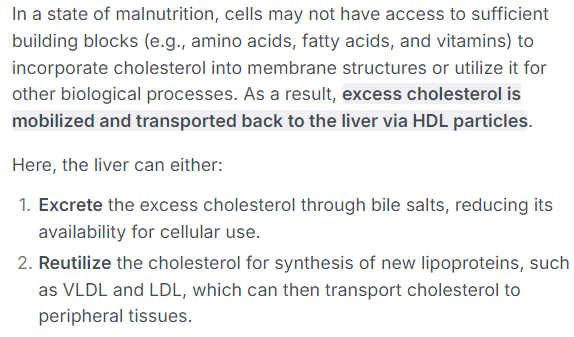
Note: most people are malnourished today, as they do not consume anywhere near enough animal-based foods on a daily basis. And even more so those who are restricting their diets.
Anything else I need to know?
“These results should be interpreted with caution because half of the included studies attempted to control for caloric intake (which would likely reduce or eliminate the effect of TRE on body fat). However, most of the studies had a low risk of bias (only 7 had some concerns), the certainty of evidence was medium to high, the analyses for each outcome included at least 11 studies, and heterogeneity ranged from low to moderate.”
Again, there are several mechanics involved that will affect fat loss, as I explained in the beginning of this article review.
What is important to understand is that a time-restricted approach to eating is what is natural for us as a human species, as with all carnivores, as we never in history used to stuff ourselves with 3 meals a day and 2-3 snacks. Food was not that readily available before supermarkets, fast food and other processed garbage. Usually we had one or perhaps two meals, and we consumed them during the day while the sun was up — as we either managed to trap or kill an animal or stumbled upon a carcass.
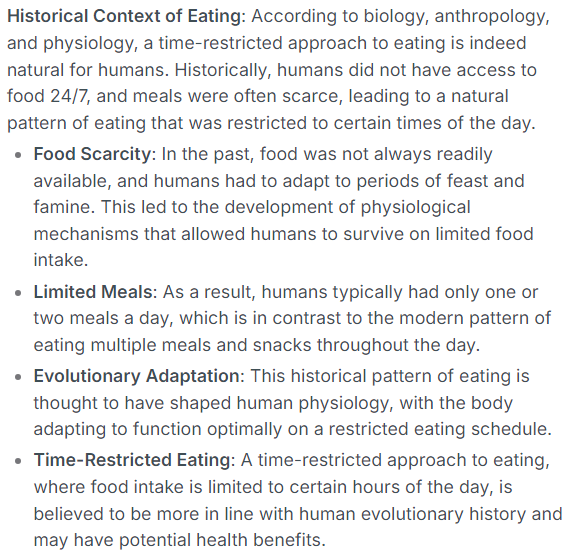
And as we know that the best time for detoxification and healing is while we sleep, and the fact that these processes accelerate manifold in a fasted state, we know that our last meal should always be 4 to 6 hours before we go to bed. So, the best and healthiest approach to meal planning is to have breakfast and then one or two additional meals, with the last meal being about 6 hours before bedtime. Simply following these healthy rules puts you into a “time-restrictive” eating pattern.
And of course, your diet should be animal-based, as that is the only way to get bioavailable nutrients, and especially the essential nutrients needed for our body to run optimally as it should.
If you need help with any kind of health problems or transitioning from your current way of eating to our natural species-appropriate, species-specific way of eating, I’m available for both coaching and consultation.
Coaching and Consultation
And if you found the article and my insights helpful and enjoy my daily free information, please consider donating to help pay the webhosting bills and keep the site running. And if you’re interested in discussing and sharing information with likeminded people, consider joining our uncensored community at Ungovernable.se. Thank you!

